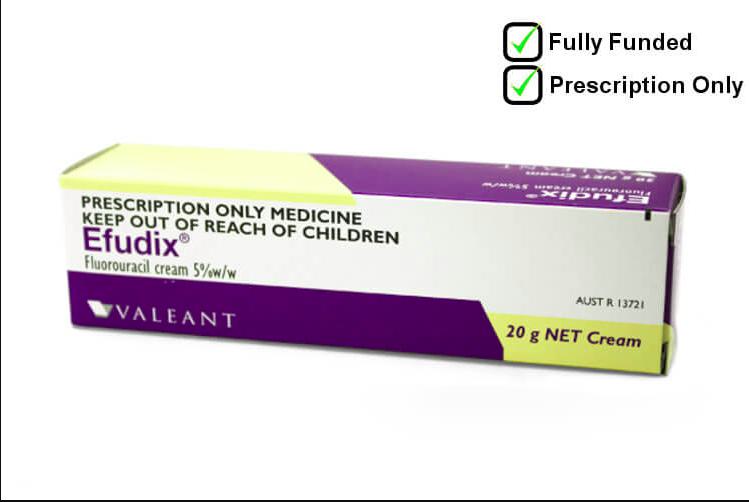Skin cancer is one of the most common types of cancer worldwide, affecting millions of people every year. With increasing awareness and advancements in medical science, non-invasive treatments have become more available to patients. Among these, skin cancer creams and ointments play a vital role in treating certain forms of skin cancer without surgery.
These topical treatments are designed to target cancerous cells on the skin while minimizing damage to surrounding healthy tissue. Understanding how they work, when they are used, and their effectiveness can help patients make informed decisions about their care. This article will explore definitions, types, symptoms, causes, treatment options, and supportive resources to give you a complete picture of skin cancer management.
Definition and Overview
Skin cancer creams and ointments are topical medications prescribed to treat specific skin cancers such as basal cell carcinoma and squamous cell carcinoma in their early stages. They are usually applied directly to the affected area and work by either boosting the body’s immune system or destroying abnormal cells. These treatments are most effective for superficial cancers that have not spread deeper into the skin.
Types
There are several types of creams and ointments used in skin cancer treatment:
- Imiquimod cream (Aldara, Zyclara): Stimulates the immune system to attack cancer cells.
- 5-Fluorouracil (5-FU, Efudex, Carac): A chemotherapy cream that destroys cancerous and precancerous cells.
- Ingenol mebutate (Picato): Works by killing abnormal cells and triggering immune responses.
- Diclofenac gel (Solaraze): Commonly used for actinic keratosis, a precancerous condition.
Causes and Risk Factors
Skin cancer often develops due to long-term exposure to ultraviolet (UV) radiation from the sun or tanning beds. Other risk factors include fair skin, family history of skin cancer, weakened immune system, and frequent sunburns. Understanding these risks helps patients and healthcare providers determine whether skin cancer creams and ointments are an appropriate treatment.
Symptoms and Early Warning Signs
Early symptoms of skin cancer can vary, but common warning signs include:
- A sore or pimple-like bump that doesn’t heal
- Scaly patches of skin that may itch or bleed
- Pearly or shiny nodules on the skin
- Dark spots or irregular moles that change in shape, size, or color
Diagnosis
Diagnosis typically begins with a skin examination by a dermatologist. If a suspicious lesion is found, a biopsy may be performed to confirm whether cancer is present. Once diagnosed, the doctor will determine whether skin cancer creams and ointments are suitable or if surgery, radiation, or other therapies are necessary.
Treatment Options
Topical treatments are often recommended for small, superficial skin cancers. In addition to skin cancer creams and ointments, other treatment options include:
- Surgical excision
- Mohs surgery
- Radiation therapy
- Cryotherapy (freezing the cancer cells)
- Photodynamic therapy
Topical creams are especially useful for patients who want to avoid invasive procedures or for treating cancers in cosmetically sensitive areas such as the face.
Prevention and Lifestyle Recommendations
While treatment options exist, prevention remains the best approach. Steps include:
- Using sunscreen daily with at least SPF 30
- Wearing protective clothing and wide-brimmed hats
- Avoiding tanning beds
- Performing regular self-exams to detect early skin changes
- Scheduling annual dermatology checkups
Prognosis and Survival Rates
When detected early, skin cancer is highly treatable, and survival rates are excellent. For basal cell carcinoma and squamous cell carcinoma, the cure rate is often above 90% with proper treatment. Patients using skin cancer creams and ointments may experience local side effects such as redness, itching, or mild burning, but overall outcomes are positive.
Latest Research and Innovations
Research in skin cancer treatment continues to expand, with new topical therapies being developed to improve effectiveness and reduce side effects. Immunotherapy creams and combination treatments are showing promise in clinical trials, offering hope for more targeted and less invasive care in the future.
Coping and Support for Patients
A skin cancer diagnosis can be overwhelming, but patients don’t have to face it alone. Support groups, counseling, and patient education resources can provide valuable guidance. Talking to healthcare providers about concerns and staying informed about treatment options, including skin cancer creams and ointments, helps patients feel more empowered in their journey.
Conclusion
Skin cancer creams and ointments offer a safe, effective, and non-invasive alternative to surgery for treating certain types of skin cancer. While not suitable for every case, they play an important role in modern dermatology. Early detection, preventive care, and open communication with healthcare professionals remain key to successful outcomes.
FAQ
1. What types of skin cancer can be treated with creams and ointments?
They are mainly used for superficial basal cell carcinoma, squamous cell carcinoma in situ, and precancerous lesions like actinic keratosis.
2. Are skin cancer creams as effective as surgery?
They can be effective for early-stage and superficial cancers but are generally less reliable for deep or aggressive tumors.
3. Do skin cancer creams have side effects?
Yes, common side effects include redness, irritation, burning, and peeling, which usually resolve after treatment ends.
4. Can I use skin cancer creams without a prescription?
No. These medications must be prescribed and supervised by a dermatologist.
5. How long does it take for creams to work?
Treatment duration varies but usually lasts several weeks. Visible skin reactions may occur before improvement is seen.

